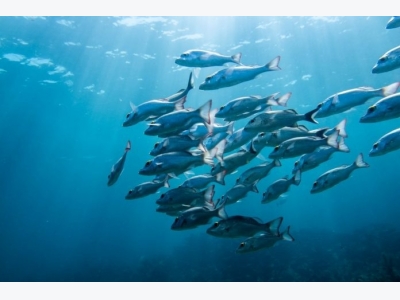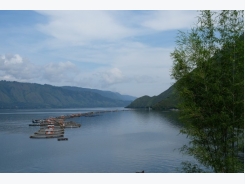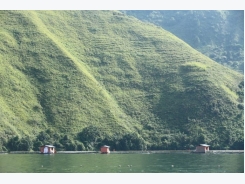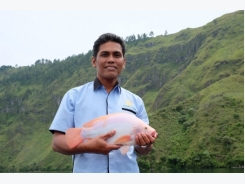Why Its Important to Have Both Farmed and Wild Fish

As the world population increases, so does the demand for healthy, nutrient-rich fish. People are realizing just how affordable and versatile fish can be, compared to other sources of protein like beef or pork. However, this increased demand is putting a strain on the earth’s waterways. To keep fish plentiful for generations to come, it’s important to purchase farmed fish as well as wild fish.
How Fish Farms are Shaping the Future
Aquaculture, or fish farming, is a rapidly growing industry that currently produces approximately 50% of the world’s seafood. Just like a regular farm, fish farms raise fish from birth until they’re old enough to be sent off to your grocery store. Fish farms take the pressure off of the earth’s oceans, rivers and lakes because instead of taking wild fish out of the water, they produce their own fish, thus reducing the impact on the world’s wild fish population.
There are many different types of fish farms. Just like with regular farms, some have more sustainable practices than others. They all help prevent the world’s waterways from being depleted of wild seafood.
The Importance of Wild Fish

While aquaculture, often called the “Blue Revolution,” helps relieve the pressure of wild stock, you don’t need to stop purchasing wild caught fish altogether. Plentiful, non-threatened, wild-caught fish help feed the world’s demand for a lean source of protein.
Whether farmed or wild is a better choice depends on the type of fish and the area. While some fish, such as Tilapia, are fed a primarily vegetarian diet, other fish are carnivores in the wild. It’s not sustainable to catch other fish to feed them. Luckily, fish farmers are beginning to find ways around this. Norwegian Salmon, for example, eat feed pellets that contain 50% marine materials—such as fish oil and fishmeal from sustainable fish stocks and fish not suitable for human consumption—and 50% vegetable material, such as vegetable oil.
Ask your fishmonger for more information about the diets of the fish available for purchase at your local grocery store.
How Farms and Fisheries Can Work Together
While it may seem that fish farms and fisheries could oppose one another and view the other as competition, many farms and fisheries are realizing the value of working together. In Canada, for example, fisheries and aquaculture ministers have been meeting about ways to collaborate and benefit the country’s waters, fish populations and demand for seafood.
Together they’ve discussed ways they can increase the amount of marine and coastal areas that are protected, increase funding to federal programs that monitor the country’s waters and improve Canada’s fisheries act.

Fish farms and fisheries across the world are working together to adapt to the effects of climate change in the fish industry. According to a report by the FAO, one of the current initiatives is the promotion of rice-fish farming. Common for many years in Southeast Asia, this technique involves trapping wild fish in rice fields and raising them there. The fish provide nutrients for the rice, and vice versa, and farmers are able to harvest two kinds of food at once. This approach falls somewhere in between aquaculture and fishing—and involves cooperation between aquaculture and agriculture, too.
Fish farms and fisheries are both important players in the food world as the population continues to rise. By supporting both reputable fisheries and international, sustainable fish farms, you’re helping ensure that the world’s fish population stays plentiful.
Related news
Tools

Phối trộn thức ăn chăn nuôi

Pha dung dịch thủy canh

Định mức cho tôm ăn

Phối trộn phân bón NPK

Xác định tỷ lệ tôm sống

Chuyển đổi đơn vị phân bón

Xác định công suất sục khí

Chuyển đổi đơn vị tôm

Tính diện tích nhà kính

Tính thể tích ao




 It’s Time to Change Tilapia’s Reputation
It’s Time to Change Tilapia’s Reputation  The 3 Most Common Types of Tilapia
The 3 Most Common Types of Tilapia